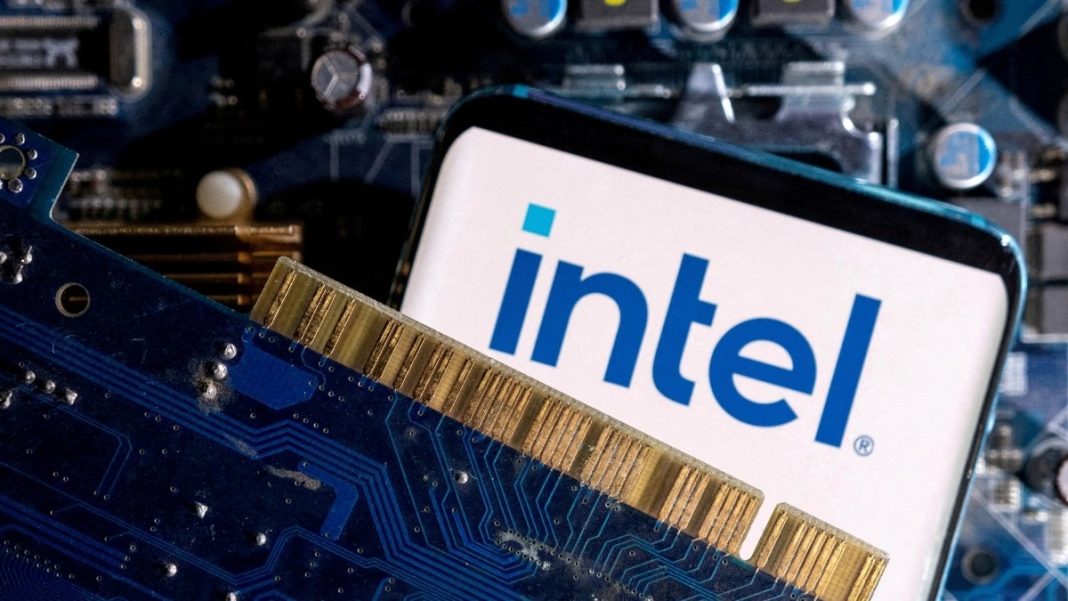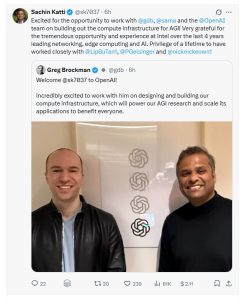Key Takeaways
- Intel’s AI chief Sachin Katti has joined OpenAI to lead compute infrastructure development
- He will help build hardware systems to support OpenAI’s artificial general intelligence research
- Intel CEO Lip-Bu Tan takes direct control of AI divisions following Katti’s departure
In a significant industry move, Intel’s top artificial intelligence executive Sachin Katti has left the chipmaker to join OpenAI. The ChatGPT creator has appointed Katti to develop the critical infrastructure needed for building human-like AI systems.
OpenAI President Greg Brockman announced the appointment on X, stating Katti will work on “designing and building our compute infrastructure” to power the company’s artificial general intelligence research. This comes as OpenAI, one of the largest consumers of high-end AI chips, seeks to build more proprietary hardware for its growing computational needs.
Leadership Reshuffle at Intel
Intel confirmed Katti’s departure, with CEO Lip-Bu Tan personally assuming leadership of the company’s AI and advanced technology divisions. “AI remains one of Intel’s highest strategic priorities,” the company stated, emphasizing its focus on executing its roadmap for emerging AI workloads.
The timing is crucial for both companies. Intel faces another leadership change during its ongoing turnaround, while OpenAI deepens its hardware investments – a strategic shift that could reshape how future AI models like ChatGPT evolve.
Katti’s Background and Industry Context
Katti joined Intel four years ago, initially leading the networking division before taking over AI operations earlier this year. His April promotion to Chief Technology and AI Officer came during Intel’s leadership restructuring. Before his industry career, he spent 15 years as a researcher and professor at Stanford University.
Intel, once dominant in computer processors, has struggled against rivals like Nvidia in the high-performance AI chip race. While Intel CPUs still power AI servers, Nvidia’s GPUs remain the preferred choice for training massive models like ChatGPT. Katti’s exit underscores Intel’s challenge in retaining top talent while competing in the rapidly evolving AI market.
Intel’s Broader Restructuring
Under Tan’s leadership, Intel has been reshuffling its executive team to revitalize its AI and manufacturing businesses. Recent changes include internal promotions and the hiring of former Arm executive Kevork Kechichian to lead Intel’s data centre business. Senior leader Naga Chandrasekaran has also received expanded responsibilities to strengthen Intel’s foundry services.
For OpenAI, Katti’s extensive background in both academia and chip design represents a strategic advantage. His expertise positions him well to help construct the next generation of computing power required for OpenAI’s expanding ecosystem of models and applications.
As OpenAI scales to train increasingly powerful AI systems, advanced infrastructure has become critical. With Katti’s appointment, the company signals its preparation for the next phase – moving beyond software innovation into the complex hardware realm that could ultimately enable human-like artificial intelligence.





